12 things I've learned after driving an electric car 9000km
I’ve clocked 9000kms in the Hyundai Kona Electric, despite a pandemic and wearing pyjamas 24/7. Here’s what I’ve learned about using an EV as primary transport…
I’ve learned not to worry about range or recharging - especially if you have off-street parking. Like, I know last year was fairly unique in terms of personal mobility. But still, it’s rare for me to drive more than 430 kays in a day, and that’s what the Kona EV delivers, fully charged. The onboard range estimation algorithm is dead accurate, too, so I know you can trust it.
I got a single-phase 32-amp charger installed. It’s weather-proof, and it’ll re-charge the Kona at its maximum 7.7kW AC recharging rating in about eight or nine hours - so even if you come home dead flat, you just sleep on it, and you’re fully charged again in the morning, using the cheapest electricity.
A three-phase charger - three-phase power - would not be an asset in this situation. And even without a solar array on the roof this is a dirt-cheap vehicle to run. At - let’s ballpark it - 26 cents per kilowatt-hour, a full charge costs about $17. So it’s about $3.70 for 100 kays of mobility, versus (ballpark) $12 for internal combustion.
So - provided you’ve got off-street parking and you live in a city - operating an EV is mainly super-convenient. It’s just one more thing to remember to recharge, right? Like phone, laptop, tablet, camera, car - check.
USEFUL LINKS FOR BUYING AN EV
Hyundai Kona Electric: What's living with a battery-powered SUV really like? >>
The terrible and unexpected cost of Nissan Leaf ownership >>
Kona EV and fat Michelin tyres: A sub-$1000 bang-for-buck dynamics hack >>
How green is EV ownership? A reality check >>
Hyundai Ioniq EV: Top 10 things to know when test driving an EV >>
I know some of you are thinking ‘7.6 seconds 0-100 is mediocre at best’. Yeah - it is - it’s middle of the road. But I don’t do that in traffic very often. Cuz I don’t want to immolate my licence.
You do, like, 0-40, 0-50, in traffic. That’s pretty common. And in that context, the Kona Electric is a weapon. To use one of my favourite things - a good ‘fart’ analogy. The Kona Electric is silent but deadly from 0-50.
Internal combustion is pretty compromised getting off the mark. It’s not something internal combustion does especially well. Just look at the engineering countermeasures in place to overcome this compromise.
Certainly the power-delivery characteristics of the internal combustion engine and powertrain are compromised, on fundamentals, and the driver needs to use considerable finesse to avoid the two venial drag-racing sins of bogging down, or over-cranking it and spinning the wheels.
The Kona just hooks up and goes - partly because electric motors make their peak torque at stall speed - like, zero rpm. So they’re already poised for peak performance just stopped at the lights. And partly because there’s a single-speed transmission, with no slip (such as from a clutch or a converter).
Bear in mind that speed relates to energy in a spooky way. Energy is proportional to the square of speed. So 0-50 involves the acquisition of a quarter of the energy that it takes to get from 0-100. So 0-50 is about reaction time and finesse, whereas 50-100 is much more about outright grunt.
50-100 is three times more work than 0-50. I hope that makes sense. It’s just basic physics. One packet of energy to go 0-50. Three more packets to go from 50-100. Internal combustion excels at 50-100. The Kona EV is good for 0-50.
This means the Kona EV is not about to win too many 400-metre drag races, but it is going to carve up a great many notionally faster cars at the lights. (If you’re into that kind of thing.) And they’re often not expecting that.
My AutoExpert AFFORDABLE ROADSIDE ASSISTANCE PACKAGE
If you’re sick of paying through the neck for roadside assistance I’ve teamed up with 24/7 to offer AutoExpert readers nationwide roadside assistance from just $69 annually, plus there’s NO JOINING FEE
Full details here >>
There’s no getting around this: Eco tyres are rubbish - from an owner’s point of view. Carmakers fit them because range is a big selling point and the low rolling resistance characteristics of eco tyres add a small amount of range in official tests. Like, less than five per cent.
Eco tyres are therefore great for the marketing department, but they’re crap to drive on - especially in the wet. When I got the standard eco tyres changed over for a set of high performance Michelin Pilot Sport 4s, everything changed about that car’s dynamics.
The Kona just became a heap more composed - like, it’s less likely to lift the inside wheel and spin it if you nudge it hard out of a corner. It just hangs on better - especially in the wet. And it’s more predictable at the boundary of grip and slip - even though the threshold is higher.
On a stack of friggin’ Superman comics (I’m an atheist - to me this is the same as a stack of Bibles) I can swear I didn’t think I’d enjoy driving an EV this much. That’s after changing the tyres.
I don’t miss re-fuelling. At all. No sane person would. I’ll never be nostalgic about that. Not even the absence of the unbeatable ‘two for one Kit-Kat diabetes meal deal’ from my life could make me get all teary about not refuelling at the bowser ever again.
However, it’s a self-deluded fantasy to think that owning an EV means you’ve divorced hydrocarbons. That’s just you spending the big bucks to weaponize your confirmation bias. If you own an EV, you are just as dependent on hydrocarbons as some guy in a big, fat diesel 4X4.
If you took hydrocarbons from your life there would be no house to live in, no food in your nonexistent refrigerator, no clothes to wear, no pharmaceuticals, no steel to build the car from, and no roads to drive it on - among other things. They’re called ‘facts’. You don’t have to like them.
Of course, most EV evangelists are too stupid and/or cognitively dissonant about how the world actually works, to acknowledge their ongoing hydrocarbon dependency.
This is a virtuous idea, certainly. Saving the planet. But I’m absolutely certain driving an EV does not help save the planet, which is a euphemism, of course, for reducing the probability of the human race destroying itself and becoming extinct by virtue of making Earth uninhabitable - which is the trajectory we are on.
If you are a climate emergency-denying nutbag, you need to have a good, hard look in the mirror. Because denying the existence of climate change, and denying the fact that humanity is causing it, is absurd. Scientifically absurd. It’s up there with QAnon, anti-vaxxers, fluoride conspiracy, moon landing denial, etc. (I’m already so looking forward to the comments on all this. Please don’t disappoint me.)
But carmakers need to look at themselves in the mirror, too. They’re industriously leveraging climate virtue just to sell EVs. In reality they just want you to buy a new car - EV, internal combustion - they don’t care.
The lifecycle CO2 emissions break-even point for EVs (versus internal combustion) depends upon electricity grid composition, obviously. If you’ve got a coal-powered grid, it’s bad. But even in a place like Germany, it’s north of 100,000 kilometres. That’s to break even. If the battery doesn’t wear out. You’re not saving the planet, dude. Sorry to upset that apple cart. Actually, I’m not.
Humanity cannot consume its way out of the climate crisis by buying EVs - or anything else. The very concept is absurd.
An actual virtue wrapped up in the operation of EVs is: reduced toxic pollution in our major population centres. This is huge. I’m not talking CO2 here - I’m talking unburned hydrocarbons, carcinogenic particles and oxides of nitrogen (which are ultimately respiratory irritants).
EVs do not emit that crap. This is unequivocally good - because ‘that crap’ kills more people prematurely than car crashes do. So you can feel unreservedly virtuous about this aspect of non-emissions in your EV - without pulverising the epistemology of reality.
All these governments making proclamations about EVs: they’re not saying anything about getting the most toxic vehicles off the roads, I note. These would be old trucks, many of which in Australia are allowed to operate without any pollution control whatsoever, in our cities. Not addressing this is absurd.
Instead, inner-city councils are denying applications for things like child care centres, for example, on major arterial roads … which, to me, is like prescribing paracetamol for a brain tumor.
While EVs are a net ‘plus’ for human health in advanced cities in predominantly western democracies, I’m pretty sure they’re a minus for human health in some other contexts.
If you’re one of those brain-dead EV evangelists who never pays attention to how the world actually functions, do me a favour, OK? Google the term ‘child labour cobalt mining’ and review the page one search results from reputable news outlets like the Financial Times and reputable organisations like Amnesty International.
(Cobalt is, of course, a major and somewhat non-negotiable component of lithium-ion batteries. So it’s not just EVs contributing to this exploitation - it’s portable electronic devices generally.)
The Financial Times has a particularly grim report from July 6, 2019 called ‘Congo, child labour and your electric car’ which should be mandatory reading for EV evangelists everywhere.
I note all these governments making bold proclamations about banning new internal combustion vehicle sales over the next 10-15 years. (Except it’s actually 14 countries, insofar as I can tell - meaning 179 countries are not doing this.) However, it is making a splash in the news.
And every carmaker with EV aspirations is down on its knees in front of them, metaphorically, lips parted, waiting to proceed, in the time-honoured tradition...
But I don’t see too many statements from those governments or those carmakers about sourcing the frigging cobalt ethically. Like, in some way that prevents some of the most reprehensible child exploitation imaginable.
So, I guess whether EVs are actually a plus for human health or not is an each-way bet, and largely an accident of birth, as things stand. And that could be fixed tomorrow.
Back on the plus side of the ledger: Australia is massively vulnerable to a delicate supply chain of liquid fuels, which starts in some of the most geopolitically unstable regions on earth.
Not to be melodramatic, but if that tap gets turned off, we’re fucked. Granted, this is somewhat less likely without the orange goblin at the helm of the world’s most powerful military apparatus, but it’s still a very fragile supply chain.
And it’s not all about military action. Imagine if COVID has been 100 times worse.
We are, however, self-sufficient in coal, and we can make endless electricity, even if beset on all sides by global pandemics and geopolitical unrest. So a significant electric vehicle fleet might be a real asset there, vis-a-vis national security.
Note that a liquid fuels crisis would mean not just no fuel at the local filling station. It would also mean no ability to supply food to the population. No ability to defend the nation. No ability to enforce law and order in society. No advanced medical care. Apart from that: All good.
Dystopian apocalypse, basically, minus only the traditional infestations of zombies and/or vampires.
It’s nearly impossible to make lithium-ion batteries any better. Lithium is already the best metal for batteries - it’s really light and really keen to give up electrons. Which is exactly what you want. And it’s fairly prolific.
Hypothetically you could pair it up with a better non-metal, like fluorine. This would almost certainly make for a better electrical result, but it would also almost certainly become a bomb of sorts. (Pro Tip: lithium-fluorine was trialled as a rocket fuel, and it was good for that too, but ultimately abandoned because it was too dangerous.)
Chemistry is funny like this. Two elements can seem ideal for one thing - were it not for one or two pesky feedback effects, such as blowing up.
So at the moment we’ve got the best batteries they can make, with the most electrically reactive elements that (mostly) don’t blow up. And it’s taken about three decades of diligent scientific research to get here. This is hardly a new field, in other words, so gains are going to be incremental at best.
(Pro Tip: There are no new elements to find. Vibranium’s not actually a thing. Tony Stark’s not actually a real person. In the real world, research doesn’t work like it does in an Avengers movie. Everything there is to know about batteries - essentially - is known.)
There is no ‘better’ battery technology imminently awaiting deployment. There are some nice ideas - like graphene - but they’re just not ready, and they may never be.
Basically all lithium-ion batteries in service use lithium and oxygen to do the fundamental work, plus heavy metals like cobalt, nickel and/or manganese … maybe iron phosphate or nickel cobalt aluminium oxide, or a spot of titanium.
These different cocktails of elements add a shitload of weight, frankly, and they’re there to do a six-way balancing act between energy density, power density, performance, longevity, cost and safety. And if you pump one of these features up, at least one of the others takes a hit, maybe more.
Tesla prioritises some of these considerations - the ones which the evangelists love, such as performance. They also catch fire rather a lot. I doubt these two issues are unrelated.
Pro Tip: Batteries contain electrolytes which contain a lot of oxygen. Elemental oxygen, not the gas. This oxygen is bound up in compounds like phosphates and metal oxides. But when the battery gets too hot these compounds can destabilise and, entertainingly, decompose into oxygen gas.
So, you’ve got heat and you’ve got oxygen gas in a confined space. Recipe for a fire, right there. And you cannot fight this fire the way you’d fight a gasoline fire (by depriving it of oxygen) because it supplies its own oxygen gas.
This is why safety needs to be such a high priority with battery design.
Considering all of this stuff, there are more technicalities in play with EVs than the average owner considers. So before buying an electric car, my strong advice is to do the same basic triage you’d do before buying any internal combustion car.
The main thing being: Choose a carmaker with a reputation for solid customer support, because you don’t want to be in a battle with a carmaker that was happy to sell you the car, but unprepared to support you when there’s a problem.
Nissan’s fiascos with the Leaf. Numerous Tesla owners - former evangelists who were hung out to dry, just spectacularly unsupported. Then you’ve got ‘gag orders are us’ … also known as ‘Mercedes-Benz’. And of course the undisputed heavyweight champions of putting profit ahead of human health - Volkswagen. All in the EV game, vying for market share.
Jumping into this brave new tech . Like, dude, do you really want to be playing Russian roulette, metaphorically, with an undisclosed number of loaded chambers, with a carmaker far closer to Idi Amin than Nelson Mandella on the spectrum of compassion?
This is the main reason I’m prepared to run this mad EV experiment with a Hyundai.
EV evangelists love to declare internal combustion dead, not unlike the cockroach which woke up without its head, but is as-yet undecided about what this actually means.
They often liken this to what happened to horses when cars first arrived on the transportation scene. But I’d suggest it’s just not the same thing. Cars were better than horses. EVs are not better than internal combustion - they’re just different.
Many people drive long distances regularly. They visit the wilderness. They tow heavy shit. EVs cannot meet their needs.
And then there’s the budget. The Kona Electric costs 50 per cent more than its dizygotic internal combustion twin. That’s just a fact. And this price differential is unlikely to shrink much, in the absence of immense government subsidies.
A lot of people want to be ‘virtuous’. They want to ‘do the right thing’. (Whatever this actually means.) As a concept in isolation, they’re onboard.
But when you say, ‘just one small thing, dude: That’s going to cost you $25,000 more’, many people will see that as an insurmountable hurdle. Like, you’ve got to be kidding.
EVs will not kill internal combustion. They can’t.
We live in a world where everything gets reduced to a soundbite and polarized. If Trump was good, Biden is bad, and vice-versa. In reality they’re probably just different flavours of self-interested, incompetent arsehole.
It’s all binary. Blondes versus brunettes. Pro life versus pro choice. Religion versus atheism. The left versus the right. Open the borders, close the borders. It’s a binary morass of fractured epistemology where the default interpretation of the other side’s position is the worst conceivable interpretation. Rational debate is effectively stifled.
Masks are a symbol of repression. Or virtue. (Depending on which nutbag you ask.) In reality a mask is just a barrier designed to trap aerosolized particles that might be infected with a virus. So there’s that.
The world actually has nuance. There’s a middle ground where reasonable people with differing positions can identify common elements about which they agree.
There’s also such a thing as objective reality. Ontological objectivity. I’d suggest that EVs will not kill internal combustion - and in any case, that’s not their purpose. This is not a war, and there doesn’t have to be a winner. There will just be more choice in the future mobility energy mix. And that’s a good thing.
Hydrogen fuel cells - same thing. Great idea. Interesting that Electric Jesus is very keen to polarise opinion there, by denigrating fuel cells. Obviously in the Church of EJ, the enemy of my enemy is also my enemy.
There is certainly a place for all of these energy delivery mechanisms in the future transportation ecosystem. The future is pretty bright for EVs - they are going to be an increasing part of the transport mix. That’s a certainty. But this is not a battle to the death between the forces of EV goodness and the forces of internal combustion evil.
The future is just going to offer more choice for you and me. I can see the garage of the not too distant future where there’s an each-way bet. An internal combustion SUV for towing and long-distance driving, and an EV for the hack work.



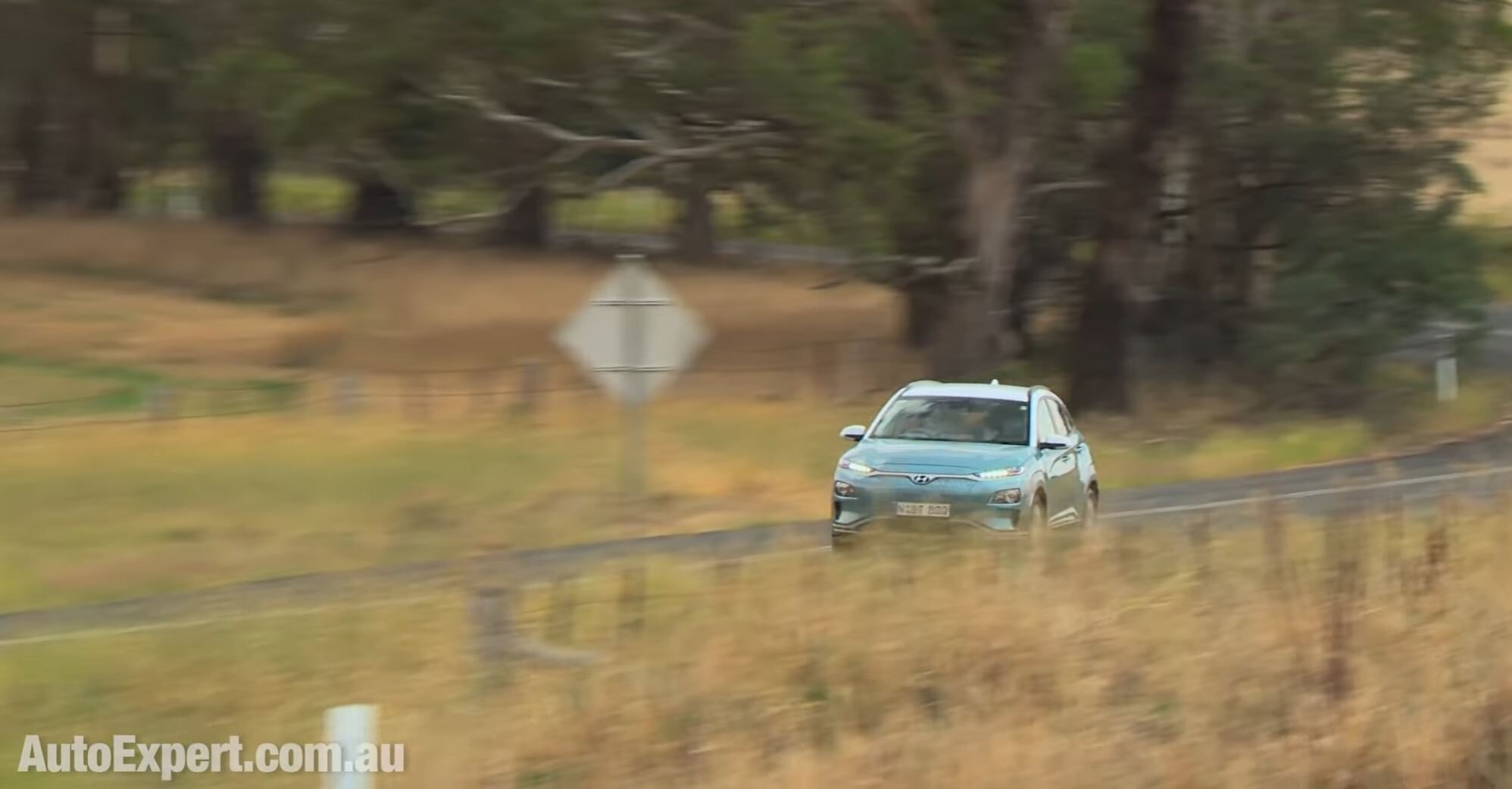
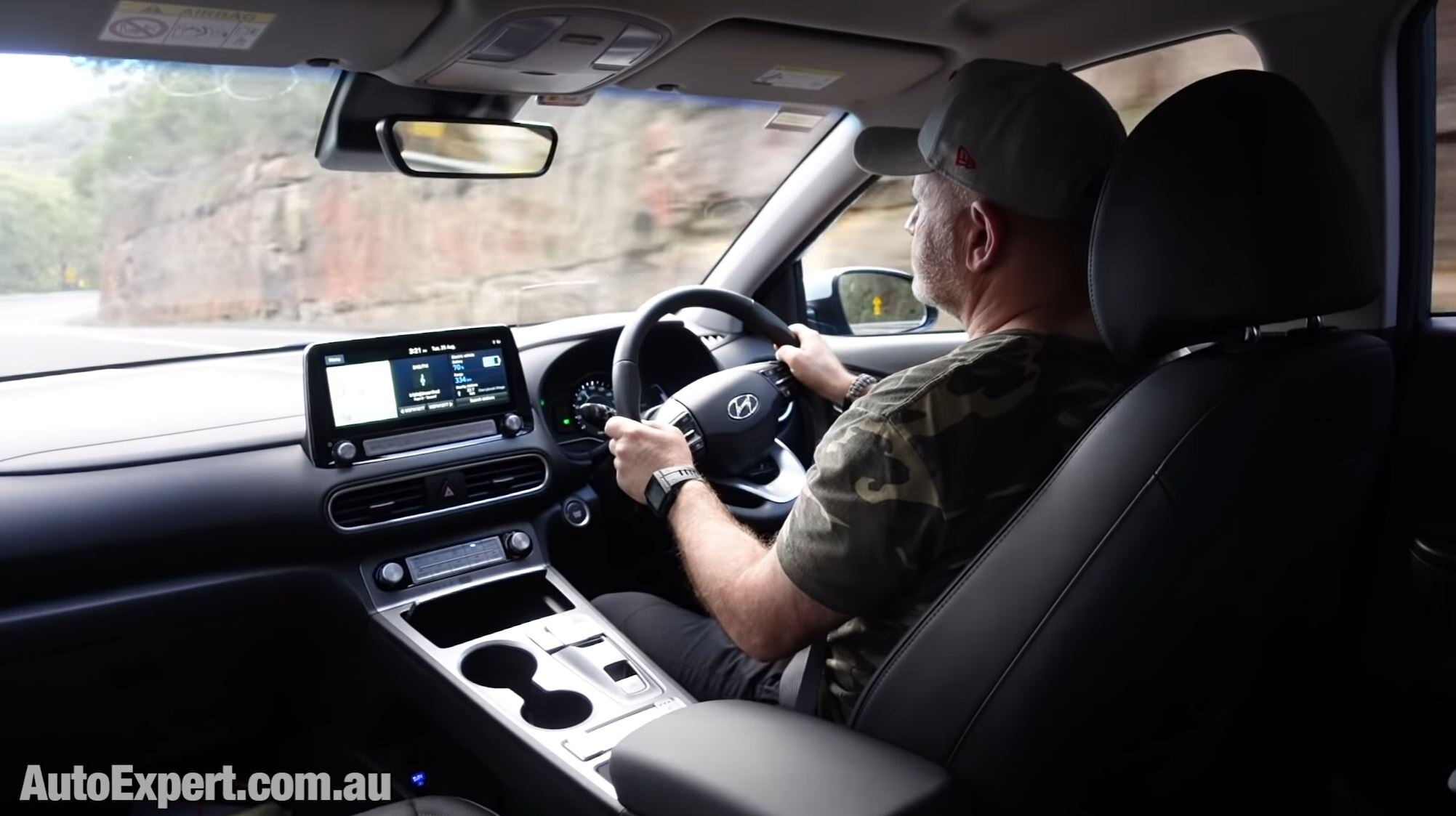

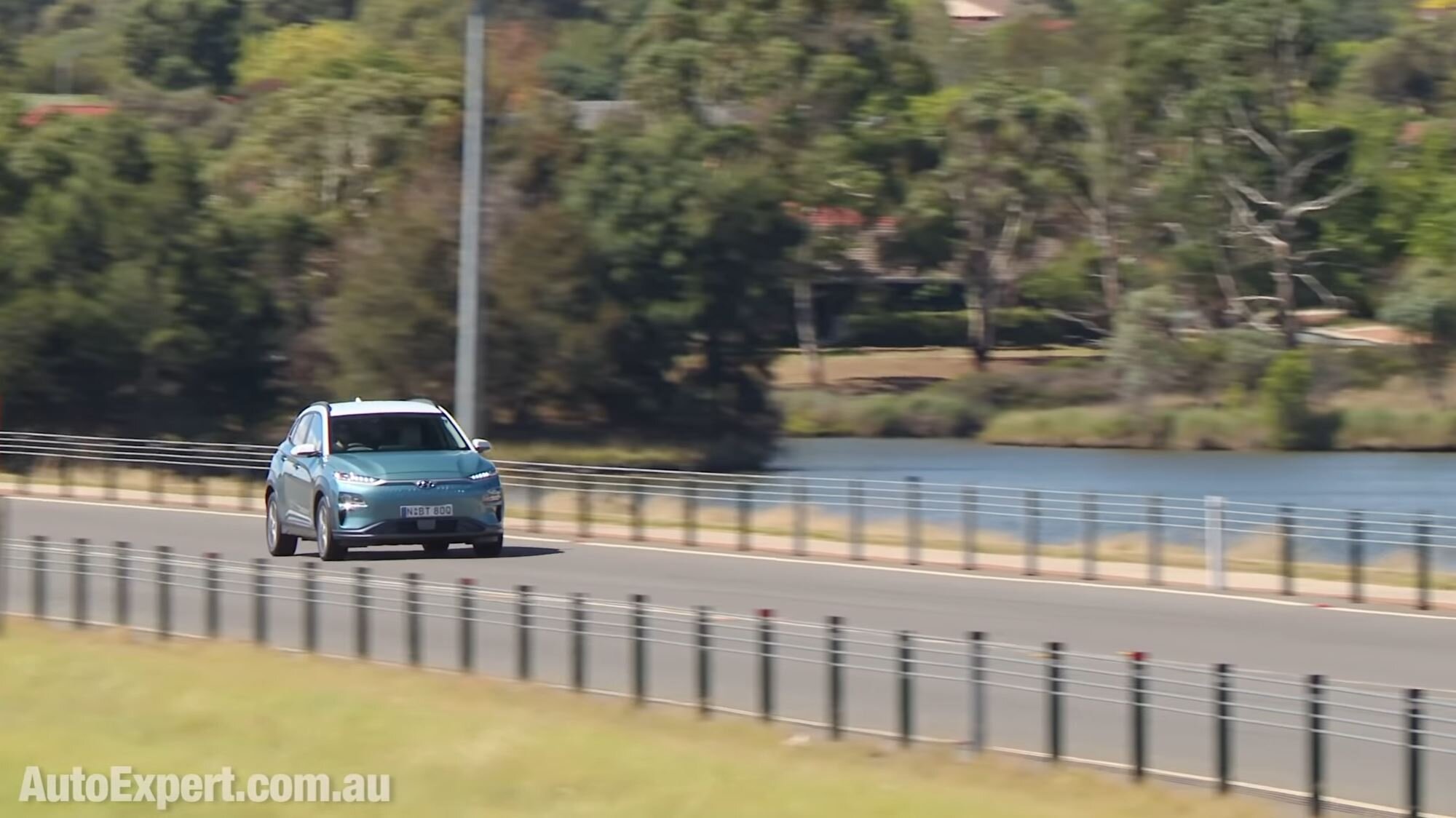
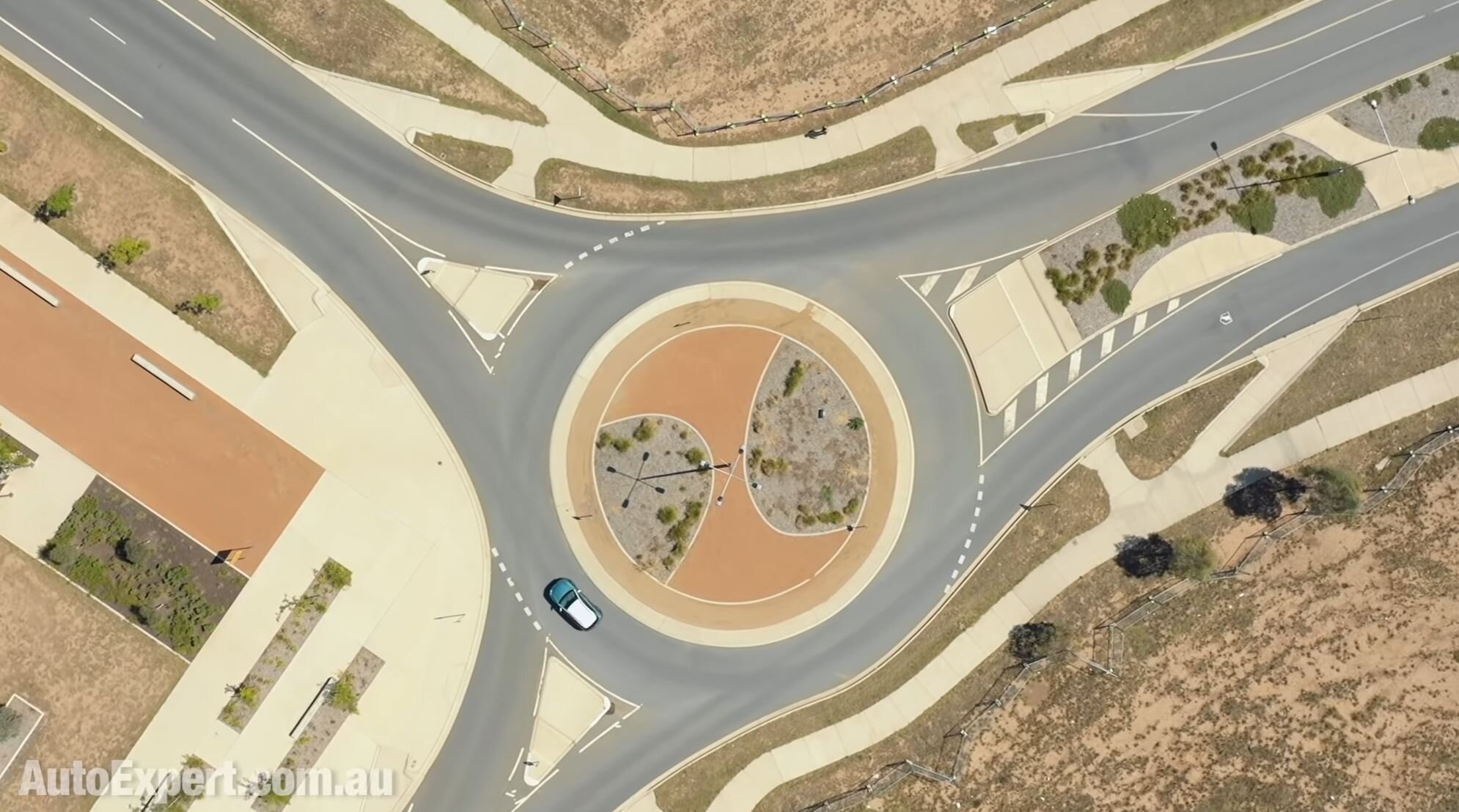
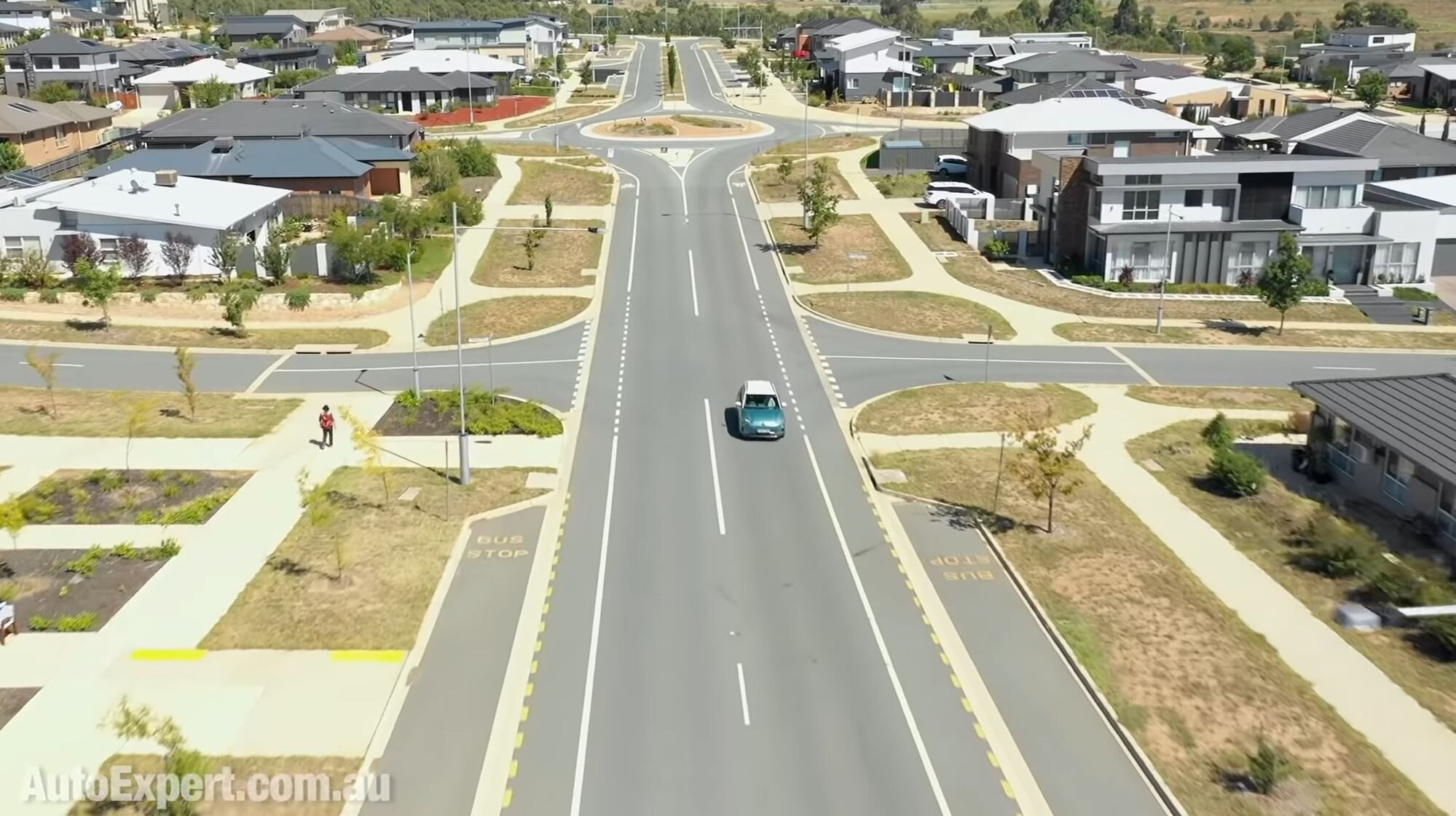
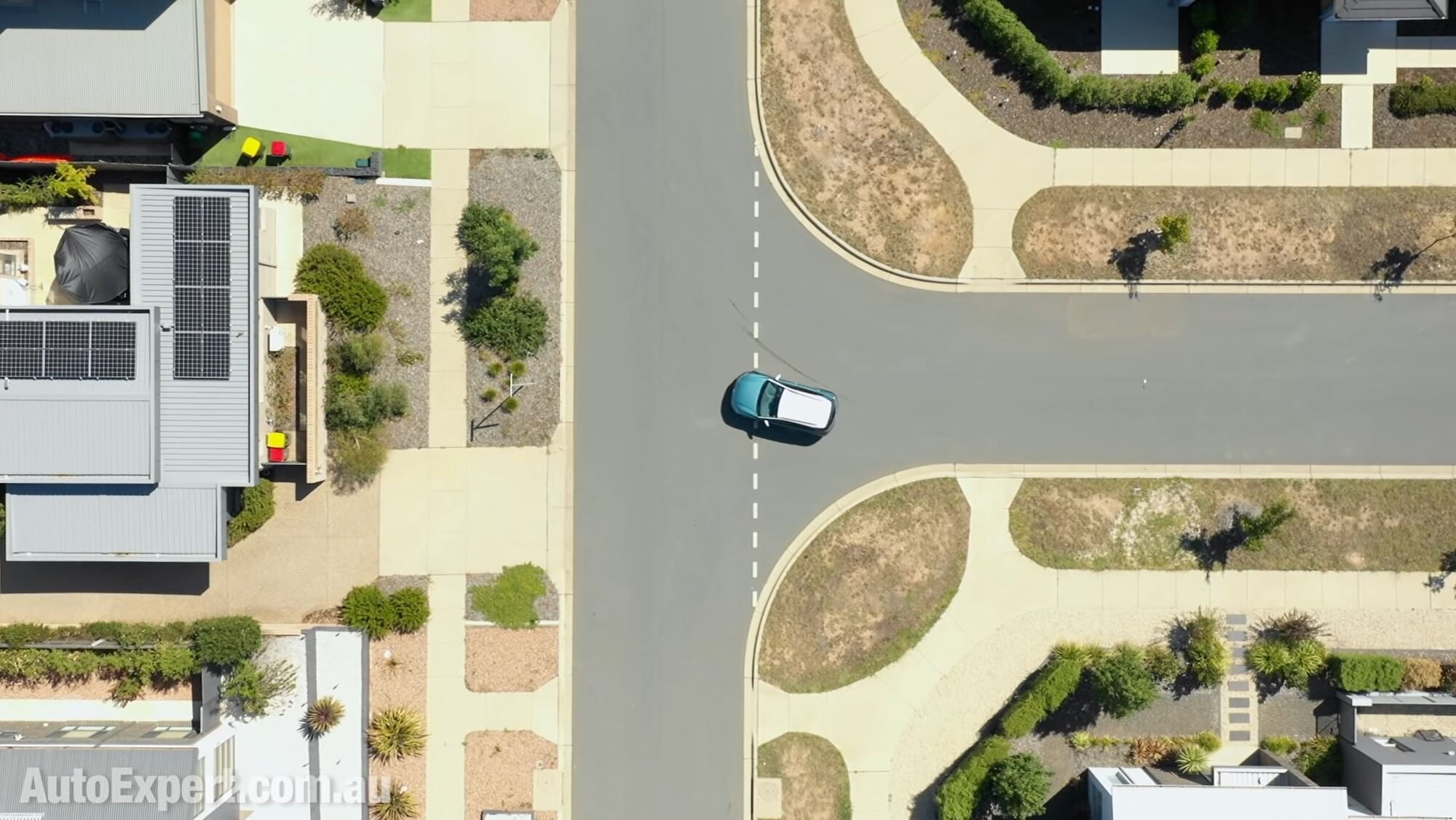



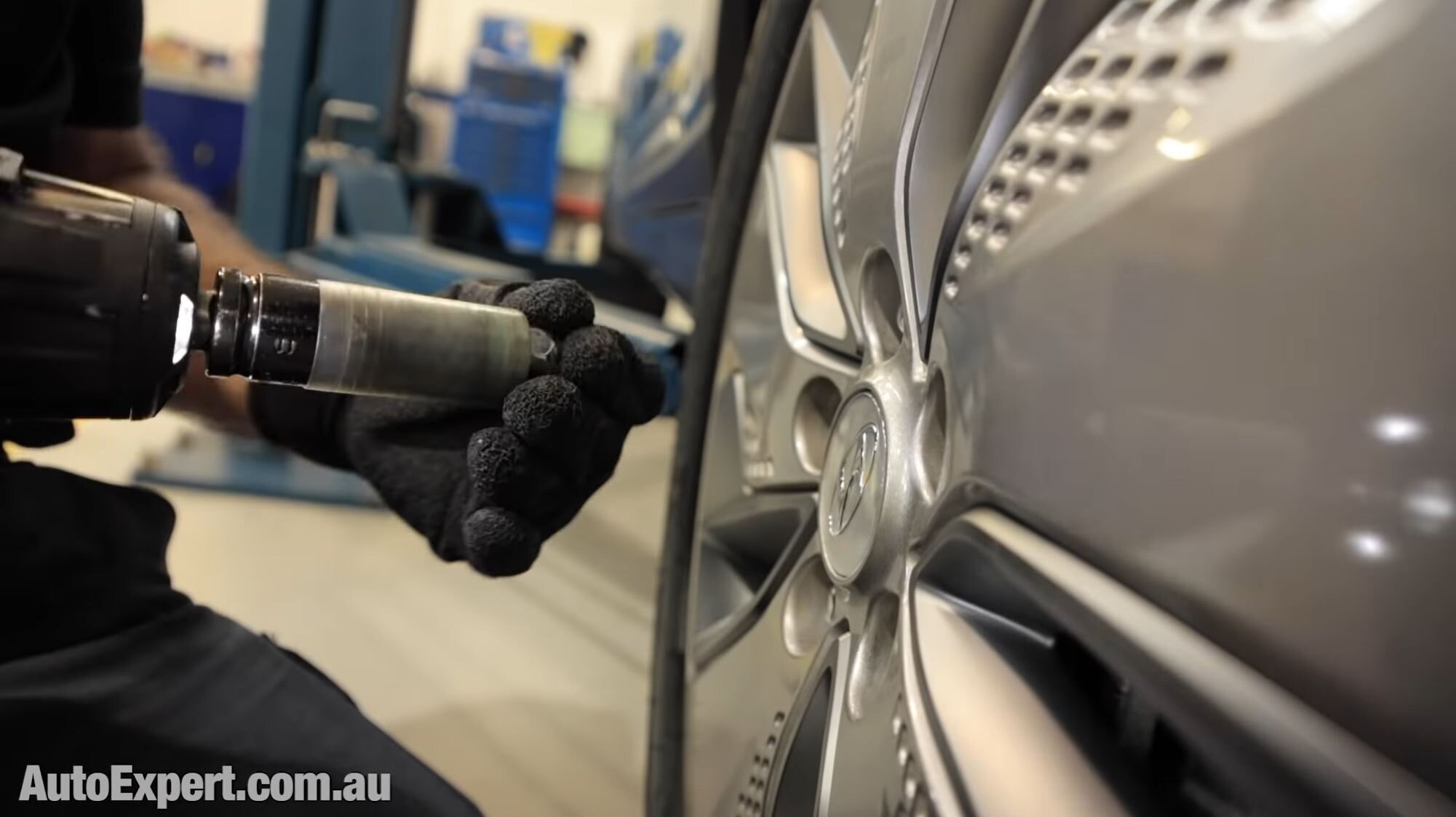
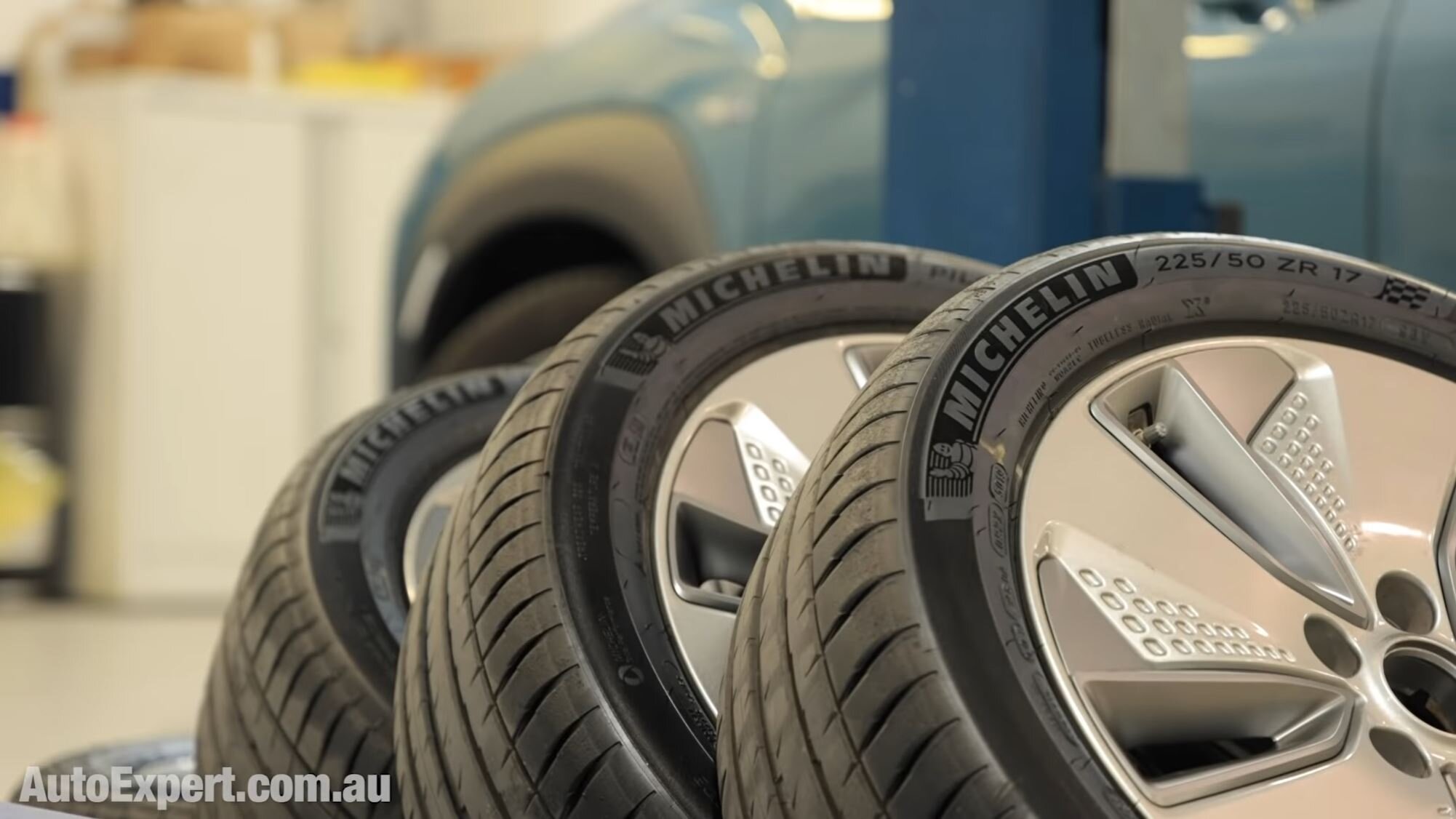

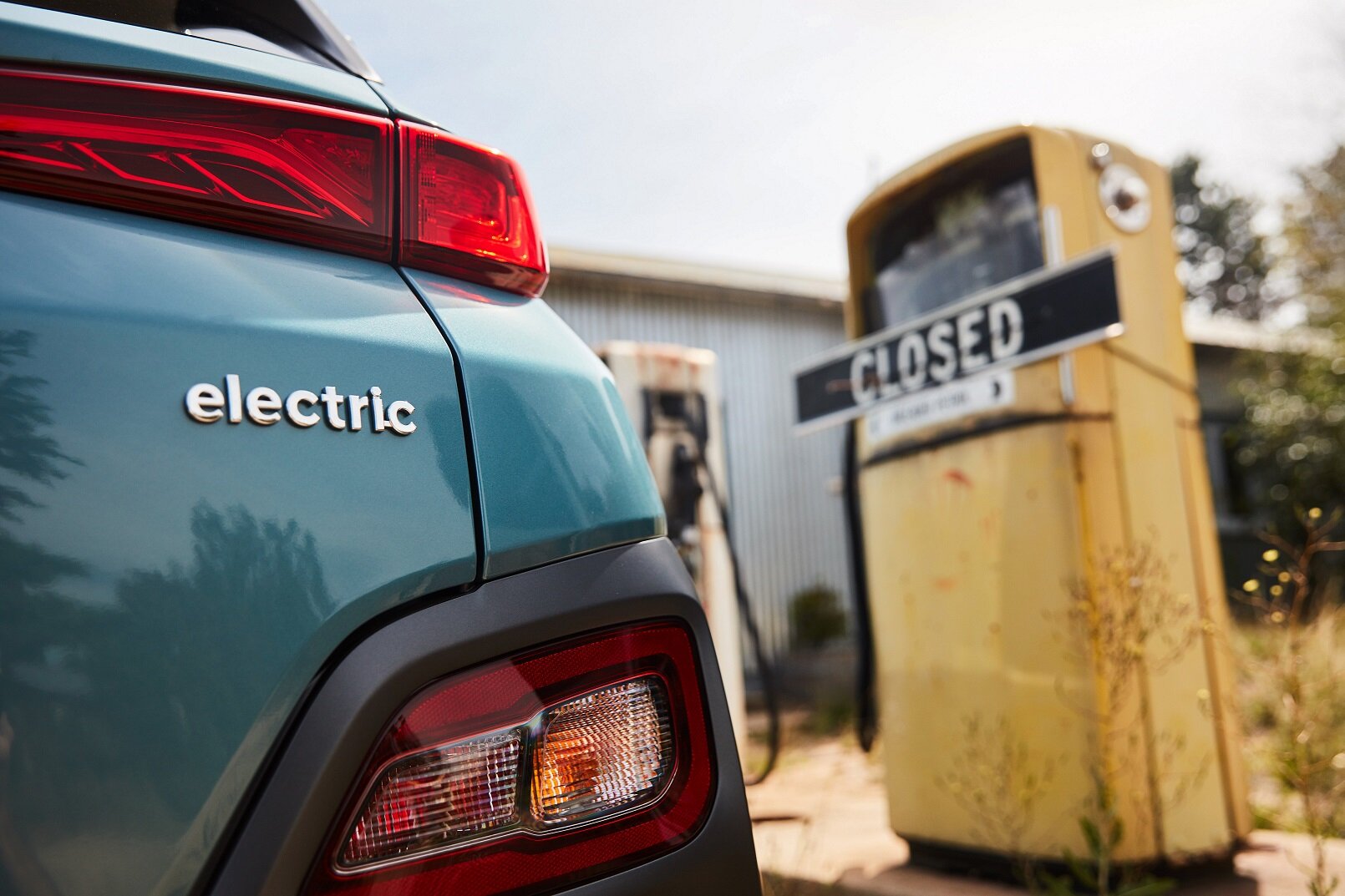
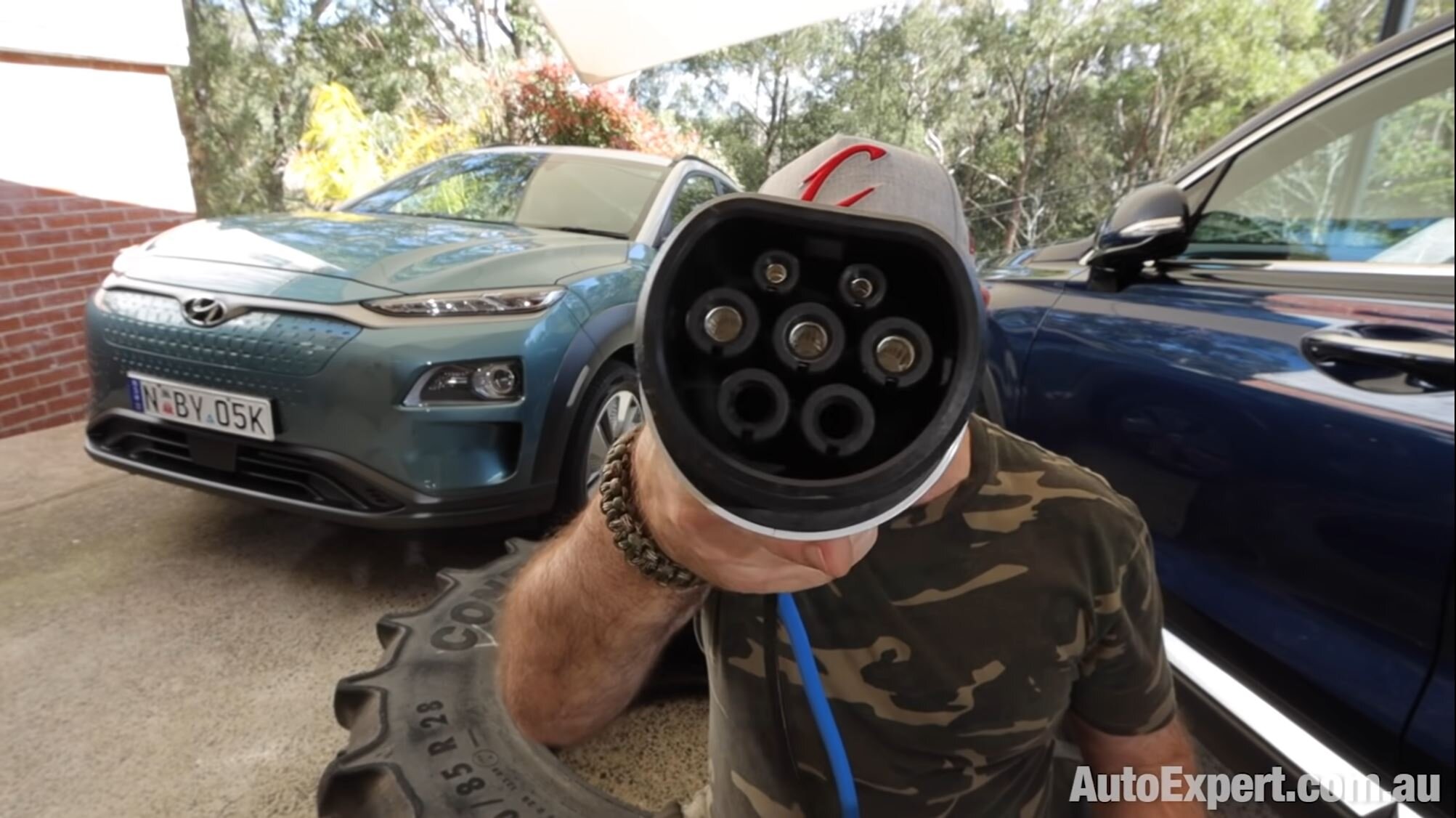

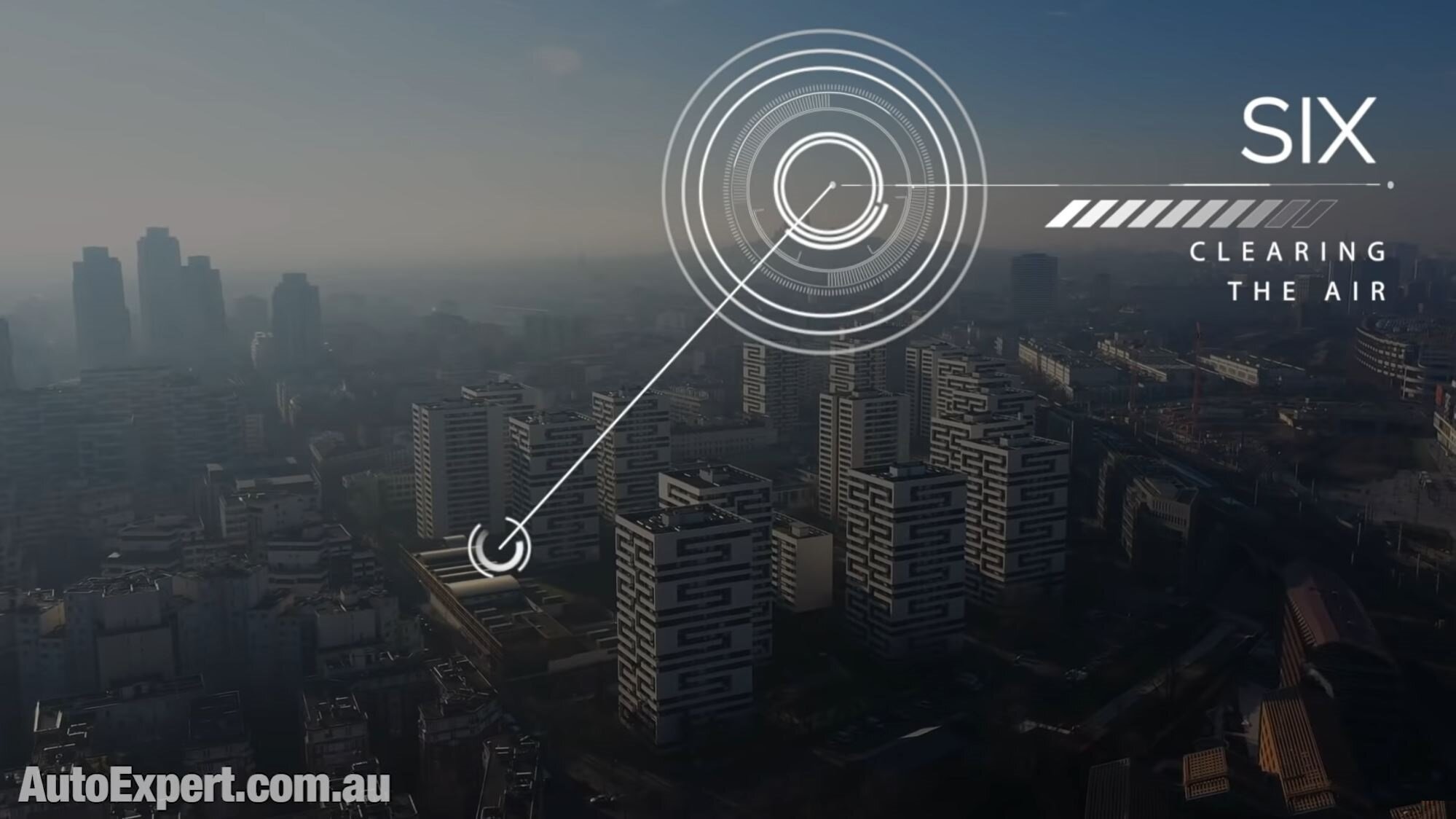




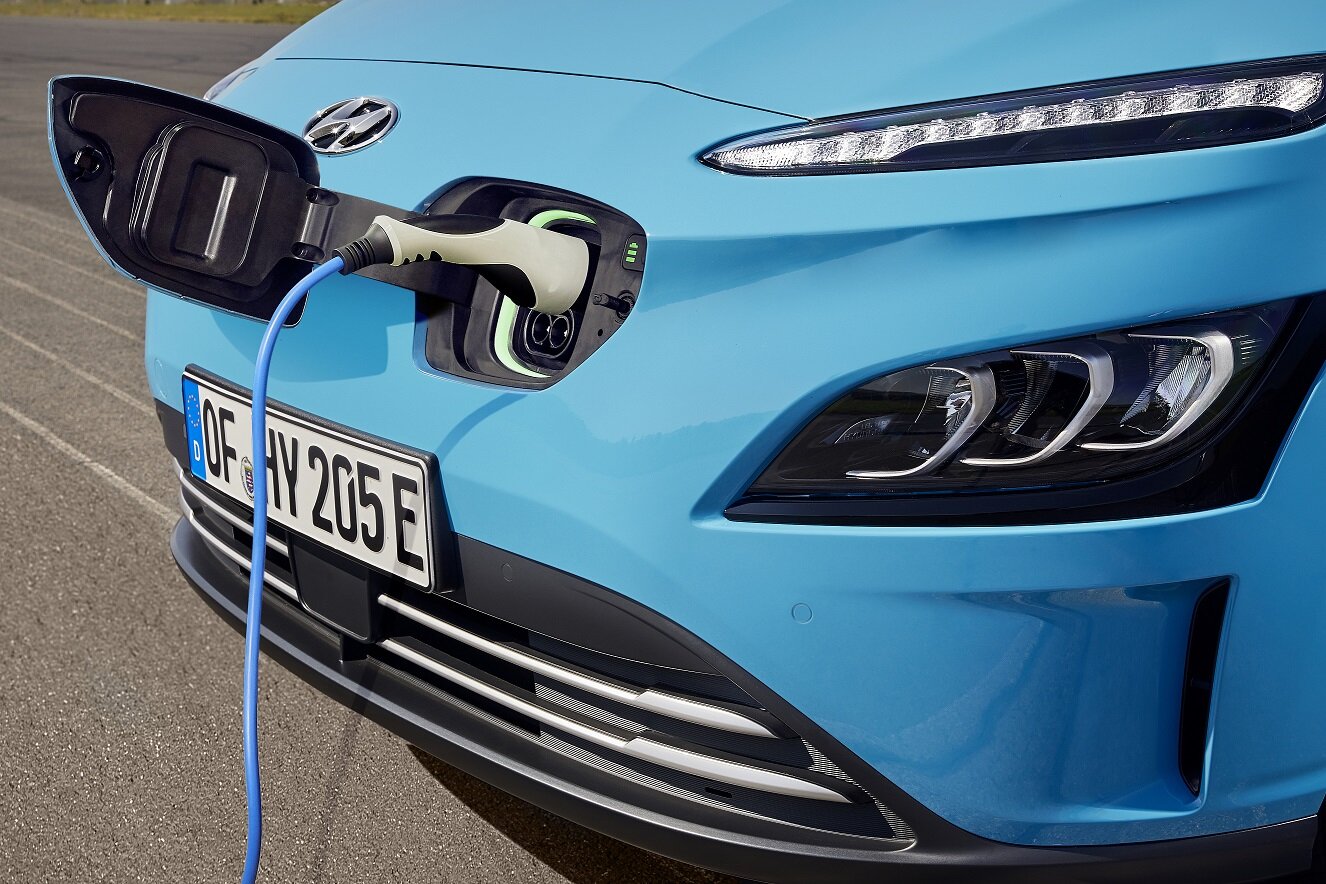

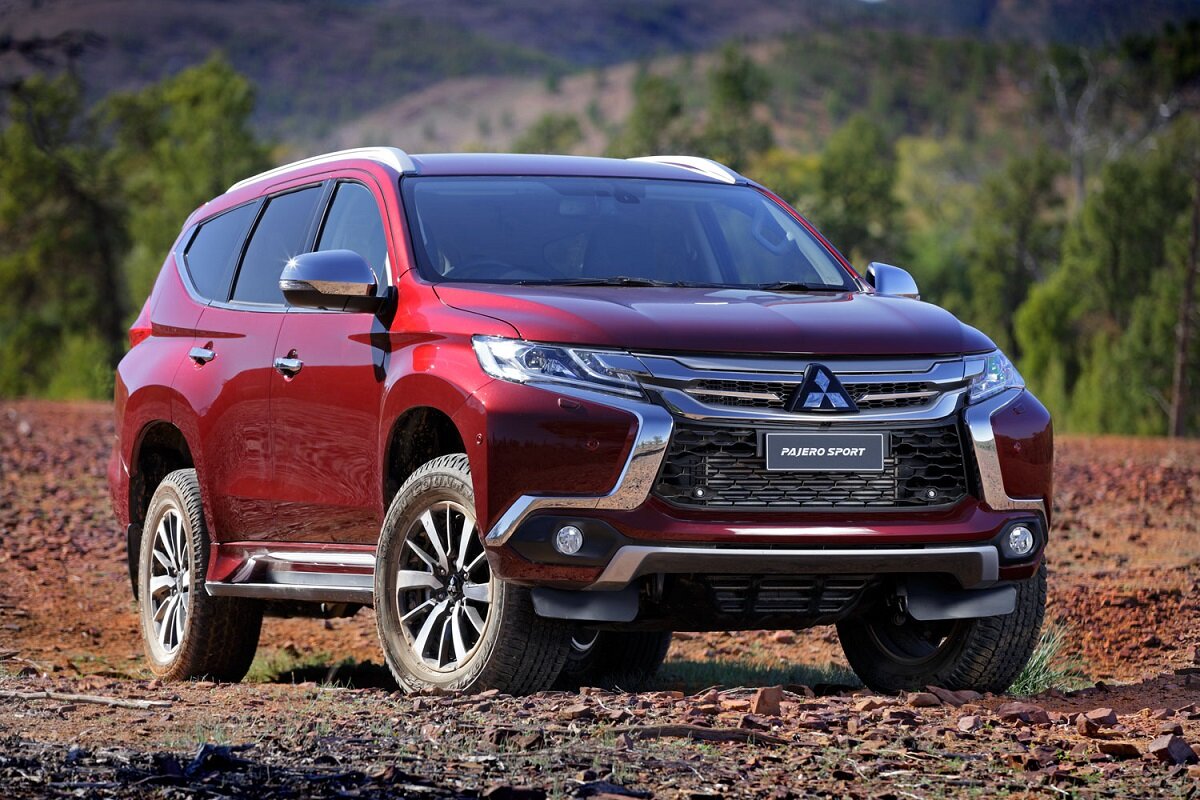

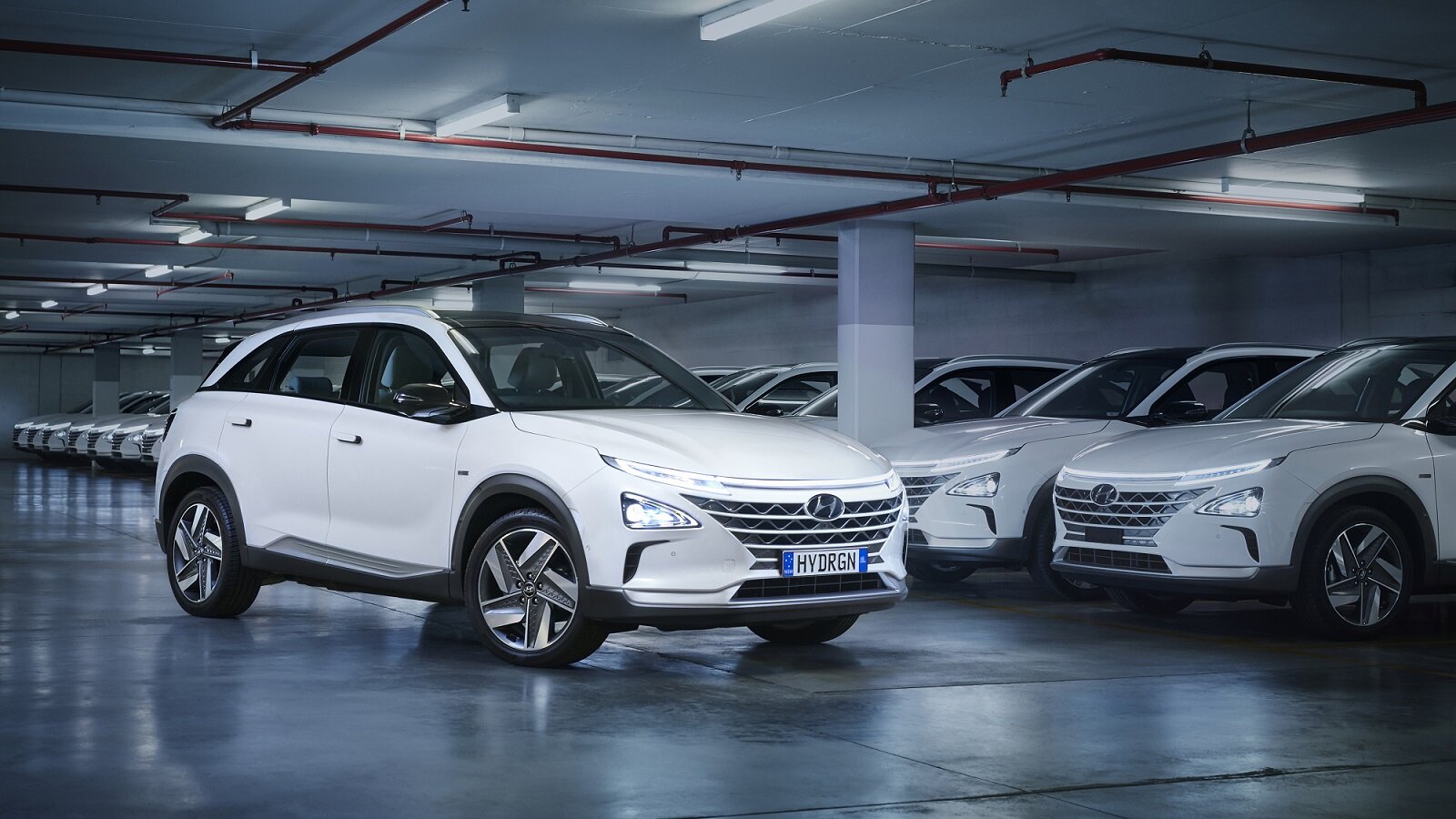











The Hyundai Palisade is a big, comfortable holiday machine for growing families and offers excellent value, generous 8-seat SUV space, and practicality on par with LandCruiser - but it’s $30K more affordable.